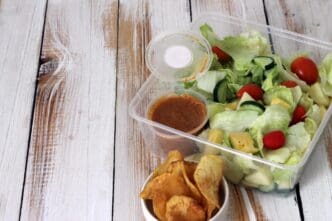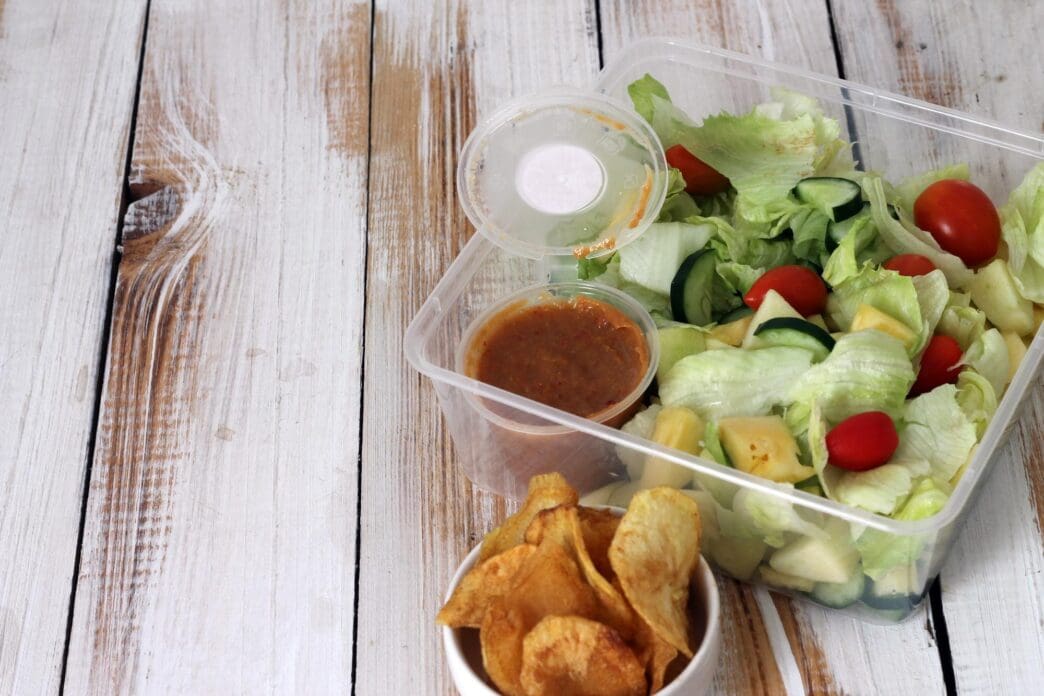A Quick Takeaway
The Story Behind the Trend
How to Make It Work for You
The Community View
Meal prep containers are an indispensable tool for anyone committed to a healthier, more organized lifestyle. They empower individuals, busy professionals, and fitness enthusiasts alike to streamline their nutrition by preparing and portioning meals in advance. Used daily for everything from breakfast to dinner and snacks, these containers facilitate healthy eating habits at home, in the office, at the gym, or while traveling. Their primary purpose is to simplify meal planning, save valuable time and money, and significantly reduce food waste, making them a cornerstone of efficient dietary management. While many options exist, the “best” container ultimately depends on individual needs, with popular choices including glass, plastic, stainless steel, and silicone, each offering distinct benefits and drawbacks.
The Undeniable Benefits of Meal Prepping
Adopting meal preparation into your routine offers a cascade of advantages that extend beyond just convenience. It is a strategic approach to managing your diet and daily schedule effectively. By dedicating time to cook in batches, you liberate precious minutes during the week that would otherwise be spent cooking daily.
Beyond time savings, meal prep containers are powerful allies in portion control, a critical aspect of weight management and mindful eating. Pre-portioned meals eliminate guesswork and the temptation to overeat. Furthermore, preparing meals at home with these containers is significantly more cost-effective than frequent dining out, allowing for bulk purchasing and reducing impulse food buys.
Perhaps most importantly, having healthy, ready-to-eat meals on hand helps you avoid less nutritious, last-minute food choices. This proactive approach ensures you consistently fuel your body with wholesome ingredients, supporting your health and fitness goals. Proper storage in quality containers also extends the freshness of your food, minimizing waste and maximizing your grocery budget.
Key Factors in Choosing Your Ideal Container
Selecting the right meal prep containers involves considering several practical aspects that align with your lifestyle and dietary needs. The material safety is paramount; always look for options that are BPA-free and made from food-grade, non-toxic materials to prevent chemical leaching into your food.
Durability is another significant factor, as you want containers that can withstand repeated use, washing, and transportation. Compatibility with your appliances is also crucial: check if they are safe for the microwave, freezer, and dishwasher. A leak-proof design is non-negotiable, especially if you transport meals with liquids or sauces, to prevent messy spills.
Consider the size and shape of containers; some are designed for stackability, which is excellent for refrigerator and cupboard organization, while others feature multiple compartments for separating different food components. Finally, ease of cleaning and the overall cost should factor into your decision, balancing initial investment with long-term value and convenience.
The Contenders: A Deep Dive into Materials
Glass Meal Prep Containers
Glass containers are often hailed as the gold standard for meal prepping due to their inert properties. They are non-toxic and non-porous, meaning they will not stain, absorb odors, or leach chemicals into your food, even when heated. Their ability to go from the freezer to the oven or microwave makes them incredibly versatile for reheating.
While glass is durable and long-lasting, it is also heavier and more fragile than plastic, making it less ideal for extensive travel where weight or potential breakage is a concern. Despite often having a higher upfront cost, their longevity and superior food preservation qualities make them a worthwhile investment for many. They are also typically dishwasher safe, offering easy cleanup.
Plastic Meal Prep Containers
Plastic containers are a popular choice due to their lightweight nature, affordability, and portability. They are less prone to breakage than glass and come in a vast array of sizes and designs, including options with multiple compartments that are perfect for separating different food items. Their stackability often makes them efficient for storage in crowded cupboards.
However, plastic containers have potential drawbacks. They can stain and retain odors over time, especially with strongly flavored or colored foods. It is crucial to ensure they are explicitly labeled as BPA-free and food-grade to minimize any concerns about chemical leaching. Repeated use in the microwave or dishwasher can also lead to warping or degradation, reducing their lifespan compared to other materials.
Stainless Steel Meal Prep Containers
Stainless steel containers are champions of durability and longevity, capable of withstanding significant wear and tear. They are completely non-toxic and non-leaching, making them a safe choice for food storage. Their robust construction is excellent for keeping food fresh, especially cold items, and they are impervious to staining and odor retention, contributing to their eco-friendly appeal.
The primary limitation of stainless steel is that it cannot be used in the microwave, which can be an inconvenience for reheating meals. While generally heavier than plastic, they are still lighter than glass in many cases. Stainless steel containers can also be more expensive than plastic, and their opaque nature means you cannot visually inspect the contents without opening them.
Silicone Meal Prep Containers
Silicone containers offer a unique blend of flexibility and functionality. Many designs are collapsible, making them excellent for space-saving storage when not in use. They are lightweight, non-toxic, and highly versatile, being safe for use in the microwave, oven, freezer, and dishwasher.
While flexible, this can also be a downside for transporting very liquidy foods, as they may be less rigid than other options. Some silicone containers might absorb faint odors over time, similar to plastic. Their cost typically falls between plastic and glass, offering a good balance of features for those prioritizing space efficiency and versatility.
Optimizing Your Meal Prep Container Usage
Ultimately, the “best” meal prep container is the one that best suits your individual needs, lifestyle, and budget. Consider how often you travel with your meals, your reheating preferences, and your storage capabilities. For some, a mix of materials might be the most practical approach, utilizing glass for home storage and reheating, and lighter plastic or stainless steel for on-the-go meals.
Investing in quality meal prep containers is a smart decision that supports your health, saves you time and money, and contributes to a more sustainable way of eating. By carefully considering the material, features, and your personal requirements, you can select the perfect set of containers to empower your consistent journey towards a healthier lifestyle.







